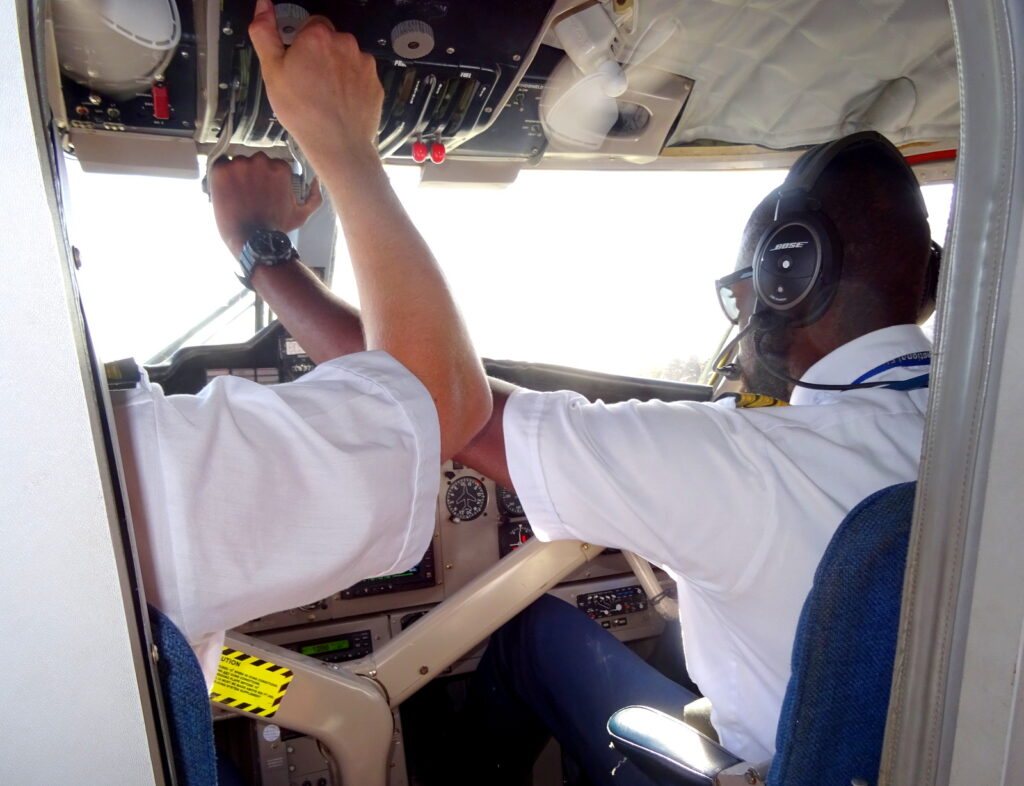
This is not the post where you will be told to wash your hands and avoid touching your face. No, this is a continuation of my long-held philosophy that pilots have useful practices that we can all use to deal more successfully with the uncertainties of life.
The global pandemic of Coronavirus rages, governments differ in how best to respond to the threat. Confined to our homes we worry.
Now think about this: Airline pilots use well-established techniques that assure they work safely on every single flight. If, metaphorically speaking, flight is life, then we are the captains who can take advantage of this knowledge to navigate through our present challenges.
If you find you are waking up each day wondering what new quandary lies on the horizon, perhaps these flying lessons will provide a path forward.
 Situational Awareness
Situational Awareness
Pilots know and the rest of us ought to know that being aware of what’s going on around us is critical to respond in a timely and appropriate manner. How quickly will this pedestrian – heads down and in the street – be able to act if a car comes at him unexpectedly?
Faced with an onslaught of obliviousness we can be the change we want to see by vowing to re-engage with reality when we’re out in the middle of it. Seeing potential threats, listening to what others are saying, observing, assessing, anticipating, these are the components of situational awareness and they are essential to the next technique; decision making.
Decision making
It is a common practice to judge the wisdom of decisions based on the outcome. That’s a false guide. Sorry, Mr. Shakespeare but all that ends well doesn’t mean all went well. Here’s an example. Have you ever driven after having too much to drink and it ended up okay? Based on the result, would you do that again? (Note, there’s only one right answer.)
What the human factors pros teach is that the best decisions are those made after gathering information, considering available options, weighing the risks, making a choice and executing it, and finally, and this is key, circling back and reevaluating. What pilots know that we ought to embroider on our sofa cushions is this; A decision isn’t made and done, it is an ongoing cycle of awareness and response. This would mean greeting each new day’s onslaught of Coronavirus news with the question, “How does what I know now impact yesterday’s decisions and the ones I will make today?”

Planning
We live in a spontaneous world but pilots do not, thank the Lord. Those folks in the front of the plane aren’t dialing in Google Maps and the Weather Channel after clearing ten-thousand feet. No, before releasing the brakes, they have considered the journey from beginning to end including how they will respond to contingencies.
My mother used to call this line of thought “borrowing trouble” and I still get impatient with conversations that begin with “What if X happens?” But if ever there was a time to anticipate trouble before it arrives, it is now. Better to say, “We’ve got time on our hands, let’s have that conversation.” This leads to another nifty trick you’ll find helpful in a variety of circumstances; the shared mental model.

Shared Mental Model
It may seem obvious that two people hired to fly an airliner from A to B will have a shared idea of how that will happen. But, as the saying goes, “The devil is in the details.” The truth is, effective cockpit communication has been a recurrent problem. It is critical that pilots align their visions of the task ahead or they could wind up like any other two strangers who meet and embark on a task together with different ideas about what’s to come.
One wise psychologist illustrated this to me by describing how he and his wife spend a portion of their Sunday evenings; sitting with their calendars open sharing their schedule for the upcoming week. How much easier for both to envision the next seven days once they have synchronized their expectations into the larger frame of the household.
“Welcome to Your Destination”
Once, on landing at one place or another, one of the pilots made an announcement. “Welcome to your destination, ladies and gentlemen,” he said. “The safest part of your journey has come to an end.”
Holed up in our homes, the idea of venturing out having become frightening and/or against the law, our perception of safe has shifted. And yet, on this flight through life, we can try as pilots do to give deeper thought to the way we impact the factors within our control to better navigate this difficult time.

Author of The New York Times bestseller, The Crash Detectives, I am also a journalist, public speaker and broadcaster specializing in aviation and travel.








